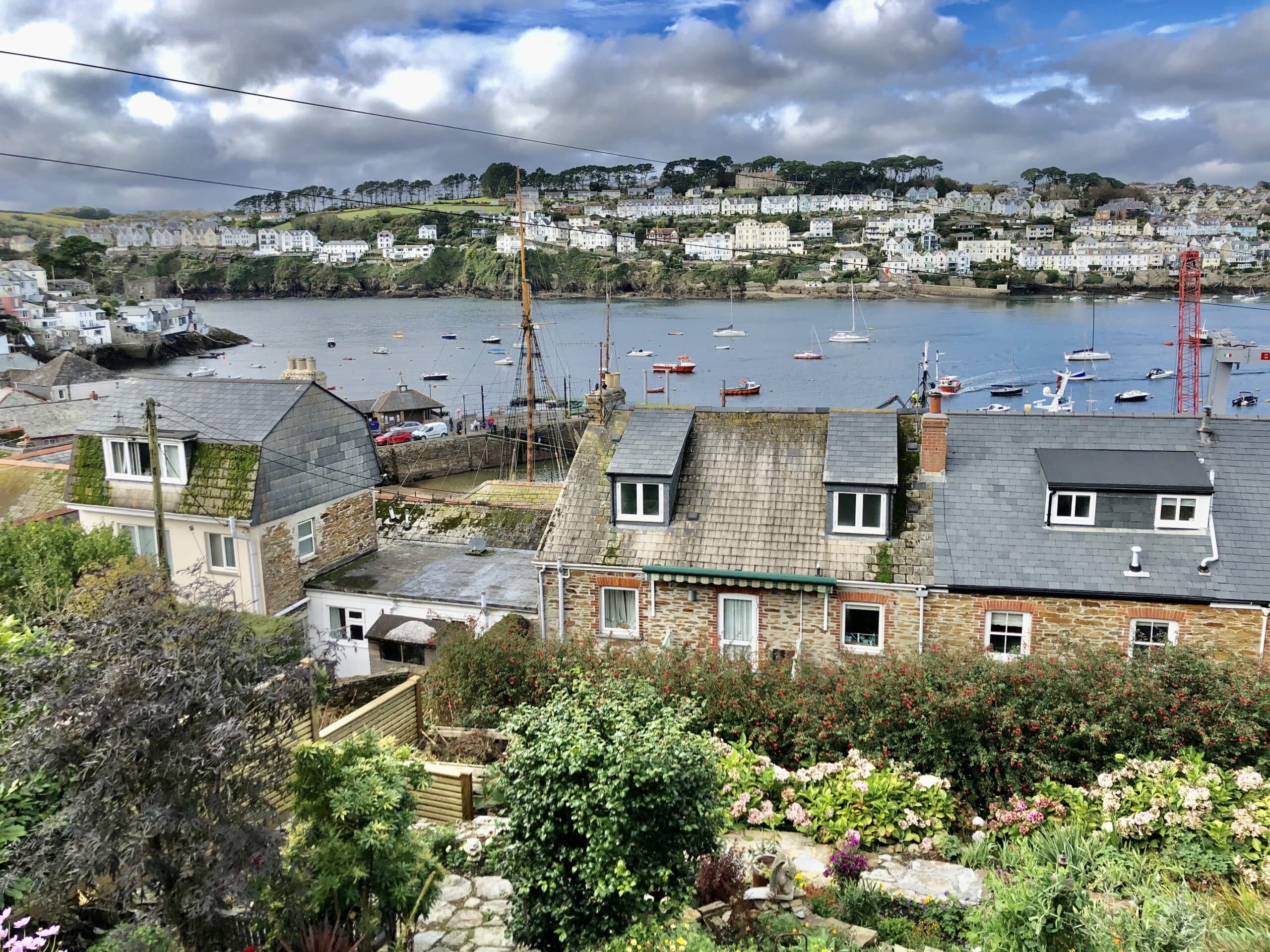With a population of nearly 600,000 people, the English county of Cornwall is one of the UK’s top holiday destinations, thanks to its warm climate, beautiful countryside and stunning beaches.
Located at the western end of the Cornish peninsula, which also encompasses Devon and parts of Somerset, Cornwall attracts around 4 million visitors a year who spend close to £1bn in the county annually.
Yet this popularity creates its own challenges: providing these visitors with appropriate accommodation, while it also compounds existing problems Cornwall faces, not least efforts to house residents. This has become such an issue that many believe there is a full-blown housing crisis in Cornwall, parts of which rank among the poorest in the UK, with 16,000 people reported to be on the local authority’s housing waiting list.
So, how has this situation come about?
A victim of its own success
Cornwall’s success in attracting visitors over the years has weighed heavily on the region’s economy, putting pressure on local infrastructure and accommodation services. The county’s popularity has also resulted in a “second-home” factor, where wealthy people living elsewhere in the UK snap up properties for holiday breaks. Last year official figures put the number of second homes across Cornwall at 13,260. This is down 3% year-on-year, but the county still has one of the highest rates of second homes in England—1 in 25, five times the national average. And its popularity as a vacation spot is resulting in many of these assets being converted into holiday lets or rented out as short-term rental destinations.

While this eases the pressure on the availability of hotel accommodation for visitors, it does little to help the local housing situation. According to Derek Thomas, member of Parliament for the popular Cornish resort town of St Ives, famous for its Tate art gallery, around 100 families compete for every three-bedroom home that becomes available in his constituency.
Besides a shortage of homes, another issue for those looking to buy one is price relative to income. Cornwall’s local authority said average house prices in Cornwall were £270,079 in April last year, up 16% on 2020, compared to an England and Wales average of just below £264,000. Set this statistic against average annual pay figures showing that Cornwall lags the UK average—some estimates suggest the shortfall is nearly £10,000 a year—and the affordability factor becomes clearer.
How to respond to Cornwall’s housing crisis?
What is to be done by the local government? And what can the construction industry do to help deliver more homes, particularly affordable ones, and do so at pace?
The county’s council knows it needs to build more homes—in particular more affordable homes for rent. Figures released in January this year showed the number of homes being delivered in Cornwall for those on lower incomes slid to its lowest level for five years, despite the local authority completing the second-highest number of affordable homes—814—in the country as a whole in 2020-21.
The scale of the housing crisis in Cornwall brought people out onto the streets of Truro last summer, protesting against what they saw as unaffordable rents and swathes of homes being used as holiday lets.
The council says it is committed to improving matters, developing a Housing Crisis Plan that will see £300 million spent on areas like reducing the number of people living rough, improving the availability and access to homes for local residents, delivering new homes through a local plan and establishing a strategic land development partnership between the council and leading registered providers.
Part of the solution could also be found in the wider use of modern methods of construction. Being able to deliver near-completed units onsite, which would only require connecting to water and electricity to become habitable, can help local councils speedily provide housing for those most in need.
Modular solutions for the Cornwall housing crisis
Earlier this year, Cornwall signed a deal to buy 29 modular one-bedroomed homes from Essex-based housebuilder The Hill Group to house homeless people across the county. Called SolusHaus, the units are manufactured in Shrewsbury, transported by lorry and craned into position.
Expected to last at least 60 years, each SolusHaus features 24m² of internal living space, and units can be stacked to two stories, making greater use of available land. Since they’re aimed at homeless single people, they wouldn’t fit the criteria for families, but the potential for greater use of modular and volumetric housing solutions is clear.
A number of SolusHaus homes have already been installed in Cambridge and Olly Monk, and Cornwall’s portfolio holder for housing and planning said the local authority saw the deal as a “tipping point” in its approach to dealing with the housing crisis in Cornwall.
Such is the point. As with every part of the UK, political will and ambition will be needed to solve Cornwall’s housing crisis, to attract the required investment, to find the right sites for such homes and to do the deals to get them made and supplied.
Meanwhile, the construction industry can play its part. If the sector can harness new technology to deliver new homes for residents more quickly and cheaply, taking a leaf out of Hill Group’s book and that of others who have committed to rolling out production of factory-made housing, so much the better.












